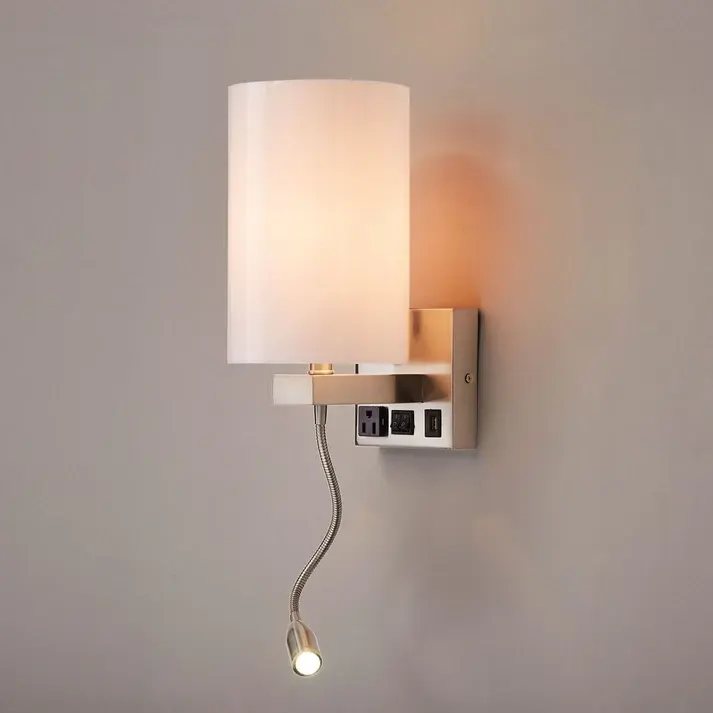How to Set Up and Maintain Your LED Grow Lights
- LED Lighting Ideas
- Feb 24
- 3 min read
The elaboration of LED grow lights dramatically changed the face of inner gardening now you have effective, customizable light for shops. Whether it's a hobby of growing sauces on your kitchen top or large glasshouses that help marketable farmers gain maximum yields from their crop, knowing how to set up and maintain LED grow lights is important for the healthy growth of shops. Thus, this composition will take care of all effects you should know, right from installation to on- going care.

Step 1 Choose the Right LED Grow Lights
Before setting up your lights, it’s important to elect the right type for your shops. Consider the following factors
Light Spectrum- LED grow light mimic natural sun and support all growth stages, from seedling to flowering.
Wattage and Intensity- Different shops bear different light intensities. lush flora thrive under moderate light, while regenerating shops like tomatoes and peppers need advanced intensity.
Coverage Area- Make sure the light you elect covers your entire growing area. utmost manufacturers give content.
Cooling System- Good quality LED grow lights have erected- in heat cesspools or suckers to help overheating.
Step 2: Installation of Your LED Grow Lights
The right placement can ensure that your shops get the right quantum of light. Here's how:-
1. Determine the Right Hanging Height
Seedlings: Position lights 24–36 inches above the plants to avoid light burn.
Vegetative Stage: Lower lights to 18–24 inches above the canopy.
Flowering Stage: Bring lights to 12–18 inches to achieve the most light penetration.
2. Adjust Light Period Based on Growth Phase
The different growth phases have varied light cycle needs for the plants:
Seedlings & Clones: 16–18 hours of light per day
Vegetative Stage: 14–18 hours of light per day.
Flowering Stage: 12 hours of light per day (for photoperiod plants).
A timer ensures that there is no overexposure or light stress.
3. Light Distribution Optimization
To prevent lopsided growth:
Position multiple lights across a large growing area evenly.
Utilize reflective surfaces such as Mylar or white walls to increase the efficiency of the light.
Rotate plants from time to time to ensure equal exposure.
Step 3: Care for Your LED Grow Light for Longevity
Proper maintenance prolongs the life of your lights and ensures that they work effectively.
1. Clean the Lenses and Fixtures Periodically
Dust and dirt reduce light output. Wipe LED lenses with a soft, damp cloth every few weeks. Stay away from harsh chemicals that can damage the lights.
2. Check for Heat Buildup
Even though LEDs produce less heat than traditional grow lights, there is still a certain amount of warmth. Maintain good airflow in your grow space and clean in-built fans or heat sinks at regular intervals to avoid overheating.
3. Check Wiring and Connections
Loose wires or damaged connections might cause flickering or power failure. Regular checks ensure that all cords and plugs are secure.
4. Replace Worn-out Parts When Needed
LED lights can go for up to 50,000 hours in top quality; drivers and fans would break sooner or later. Should you find dimming brightness and efficiency, replacement parts must be sought after through the manufacturer.
Final Thoughts
Proper setup and maintaining the LED grow lights ensure your plants receive the best possible light for healthy, vigorous growth. With the appropriate choice of lights and positioning, followed by regular maintenance, you can create an optimal indoor garden area that will help your plants grow.








Comments